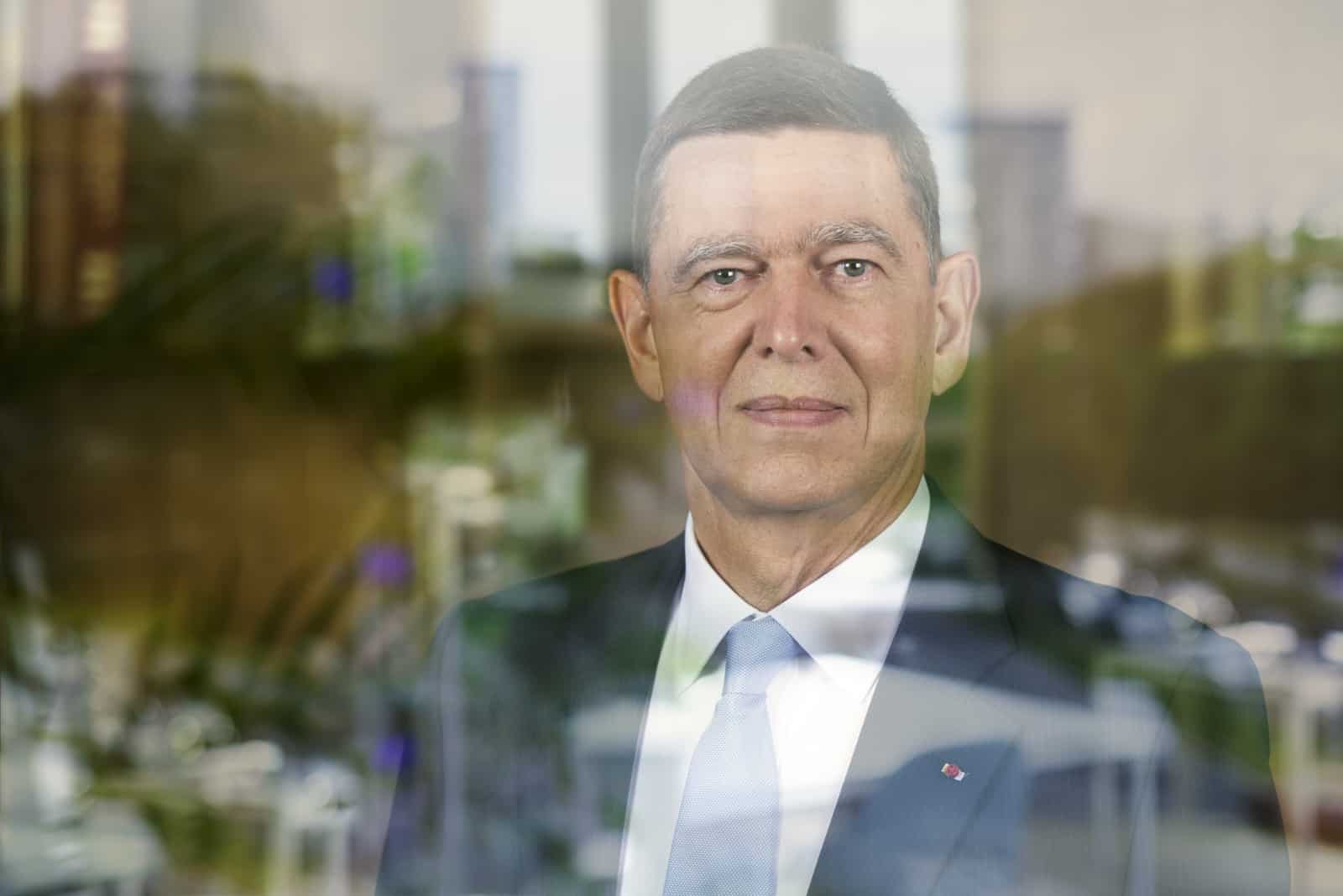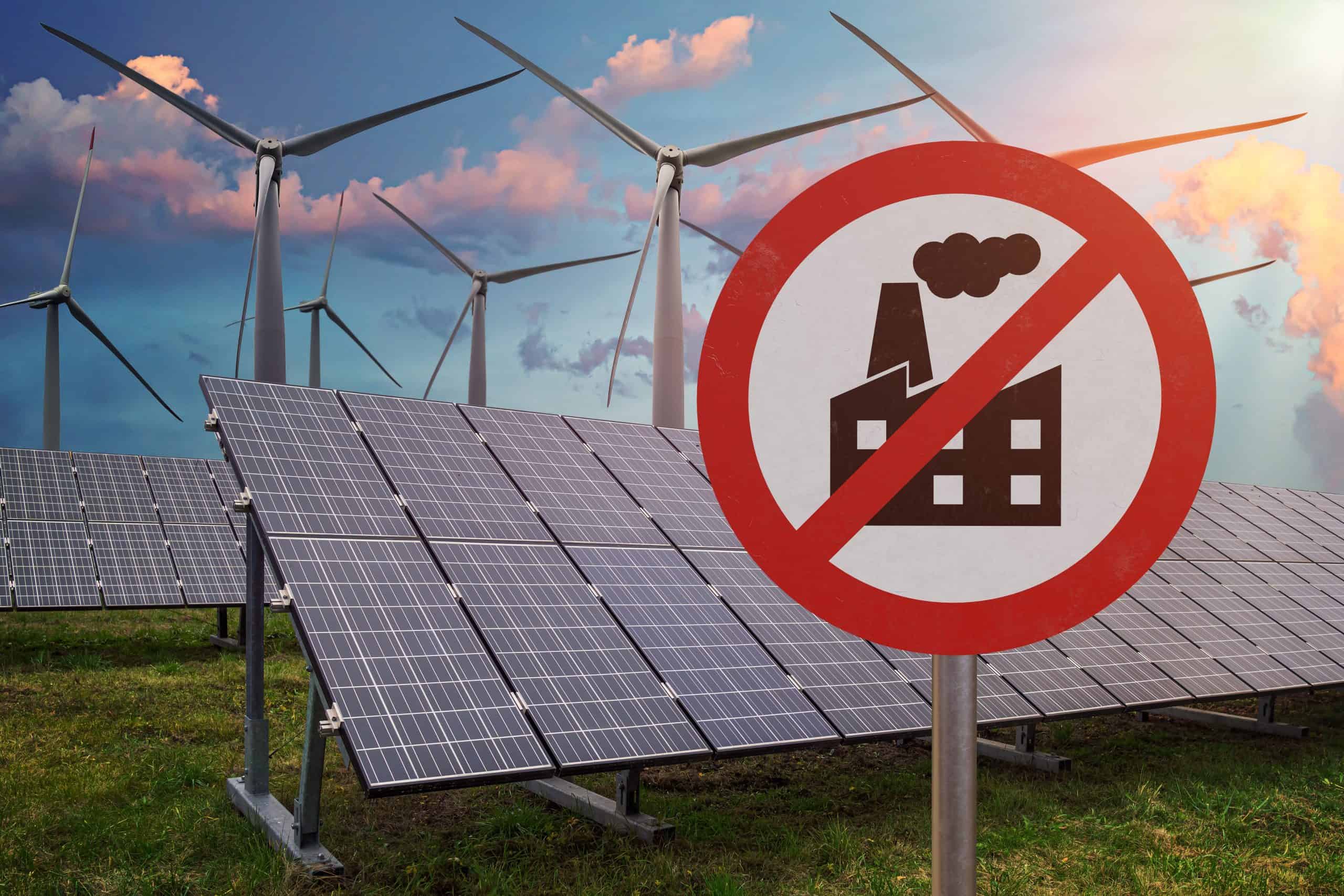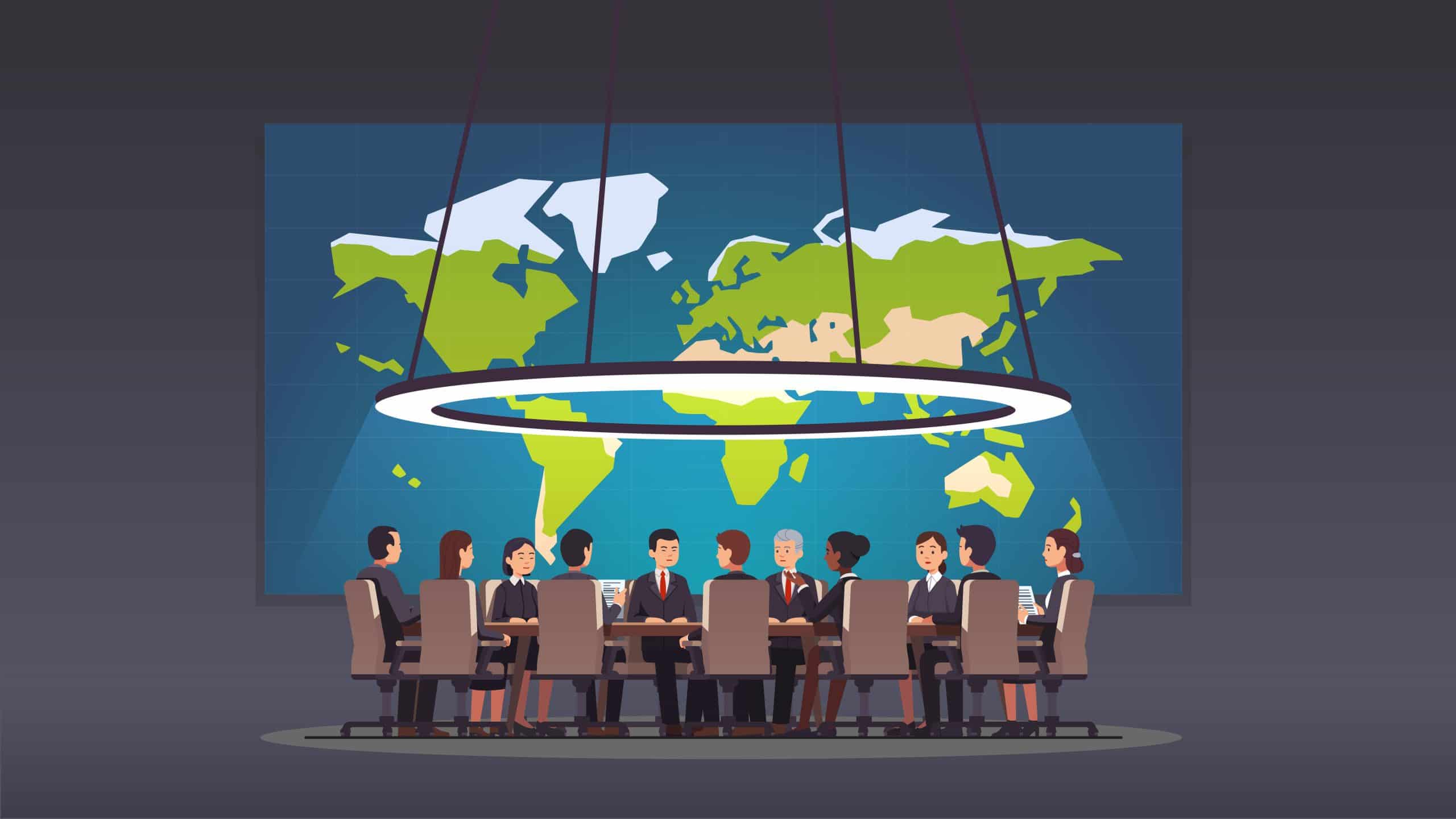
Beyond the hype: sustainable impact also goes step by step
Entrepreneurs, corporate executives, and politicians like to dream about breakthrough innovations that
Commercial aviation is an integral part of global connectivity and economic growth. It will remain indispensable in the future since its unique combination of range and speed cannot be challenged. Despite periods of crises, and the emergence of the flight-shame movement, its level of activity is back up to pre-COVID times.
But aviation cannot – and does not – ignore the global need to improve its environmental impact. Its share of CO2 emissions is estimated at around 2.6%, which is primarily due to the burning of fossil fuel, causing the release of greenhouse gases such as carbon dioxide (CO2) and nitrogen oxides (NOx).
The sector has taken significant steps to reduce this impact. Airlines reduce emissions primarily through the renewal of their aircraft fleet (each generation produces 20 to 25% less CO2 than the previous). Greenhouse gas emissions per passenger and per kilometre have decreased by 20% since 1960, and 50% since 1992. An illustration of the progress already made was the introduction of the CFM International Leap engine in 2016, which consumes 20% less fuel and emits 50% less NOx as compared to its predecessor. But air traffic is growing at such a pace that these gains are annihilated by the increasing number of flights.
This is why the future of sustainable aviation depends on a combination of innovation, policies, regulations, investment, and public support.
New technologies have always been inherent to aviation. But the industry’s goal of reducing CO2 requires a more radical range of innovations.
The most promising short-term solution for medium and long-range aircraft is Sustainable Aviation Fuel (SAF). However, its widespread adoption depends on reducing its price (currently six times that of fossil fuel). Recently, the EU Parliament and Member States reached an agreement on the percentage of SAF to be used from 2030 (6%) until 2050 (70%). Additionally, there is interest in exploring biofuels derived from plants, animals, or waste, as long as they are produced sustainably, and their use does not negatively impact other industries.
Significant efforts are being directed at developing new propulsion systems. Light aircraft are flying on batteries already, but long-range aircraft cannot do the same due to the sheer weight of today’s batteries. For regional mobility, electric and hybrid solutions exist, providing quiet and clean take-off and landing, whilst the fuel engine is used only at cruise altitude.
There are further technical challenges in scaling up these technologies to larger aircraft. To address this, numerous solutions are being explored. These include new fuselage/wing architecture (flying wing, oblique or rhomboidal wing, etc.); new, lighter materials (e.g., Alterkraft proposes cabin galleys in cardboard); re-use of spare parts; new engines with an open rotor; use of liquid hydrogen – provided the issues of volume and safety are solved; etc. In all these fields, artificial intelligence and additive manufacturing will play a major role.
The list of efforts aimed to improve the efficiency and sustainability of air travel would not be complete without mentioning air traffic management. Various procedures should be explored to enhance the industry’s ecological footprint. This includes optimising air routes and ground procedures, implementing low-consumption trajectories for approach and landing, and investigating other related measures.
A wide spectrum of decisions, engagements, roadmaps, constraining regulations and directives at international, EU, and national levels, together with effective controls, are setting the scene for the decarbonisation of aviation. Additionally, funds and investments from EU and national institutions are necessary for the industry to absorb the huge costs of decarbonisation. Only a coordinated, cooperative approach of all stakeholders involved can lead to success.
The European Green Deal aims to achieve climate neutrality by reducing transport emissions by 55% before 2030, and 90% before 2050, as compared to 1990. Since 2012, airlines operating in Europe have to monitor and report their CO2 emissions as per the obligations under the EU Emissions Trading System (EU ETS). EU-free allowances for CO2 emissions will be reduced from 2026 onwards, and all airlines will be required to pay for each ton of emitted CO2 as of 2030. In line with the EU’s objectives, the Air Transport Action Group, ICAO and the French aviation sector all aim for carbon neutrality by 2050.
At the end of 2022, the EU launched the Clean Aviation programme, with a contribution of 1.7 billion euros. It will support three main research fields: regional aircraft, short and medium-range aircraft and hydrogen power. Additionally, the recent inclusion of aviation under the EU green taxonomy grants certain industries and technologies a green certification and should help attract investments.
Things are moving. The journey towards a greener aviation industry will not happen overnight, but institutions and governments are setting clear objectives to bring the sector to net zero, and all stakeholders are taking steps towards reaching those goals.
Just as the aviation pioneers dared pursue innovations that few believed in – including the aircraft itself –, we must trust in the ingenuity of our engineers and the expertise of our industries. Technology and innovation were at the heart of this year’s Paris Air Show, where over 2,500 players from the sector showcase and discuss the latest technological developments.
By continuing to invest in research, development, and sustainable practices, we can ensure that aviation will meet the challenge of mitigating its environmental impact.
Want to know more about the regulatory developments in the aviation sector and how this affects your business? Contact Sandrine Lauret. Or subscribe to the newsletter and receive quarterly blogs from our advisors in your inbox.


Entrepreneurs, corporate executives, and politicians like to dream about breakthrough innovations that

Industrial policy is back in action Is the Netherlands still an attractive

Geopolitical crisis may offer a more sustainable perspective The war in Ukraine